|
This question, posed by author William Hartman in his book, A Traveler's Companion to Mars,
has many possible responses. This celestial body has long
captured the attention and imagination of our ancestors. To the
ancients, it appeared as a red-toned star in the sky. Named for
the god of war, Mars became the object of scientific curiosity as our
ability to peer into the night sky was enhanced by the development of
telescopes. In the 1600's astronomers Huygens and Cassini were
able to observe distinctive makings on the planet, including what could
be interpreted as the first sighting of the polar ice cap. Since
that time, more detailed information about the planet has continuously
been collected. Speculation about possible life on Mars most likely began in earnest in 1877. Astronomer Giovanni Schiaparelli report sighting a "network of lines" on the surface of the planet. He referred to these lines as canali, an Italian word for "channels" or "canals". News of the discovery soon spread around the world as did the incorrect assumption that these "canals" were constructed by intelligent beings. (15) |
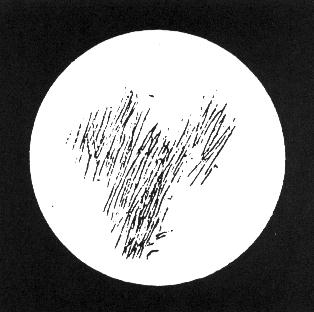 Figure 12: Huygens' 1659 drawing of Mars (from Mars, The Lure of the Red Planet http://www.etsu.edu/physics/etsuobs/starprty/032099bg/section1a.htm |
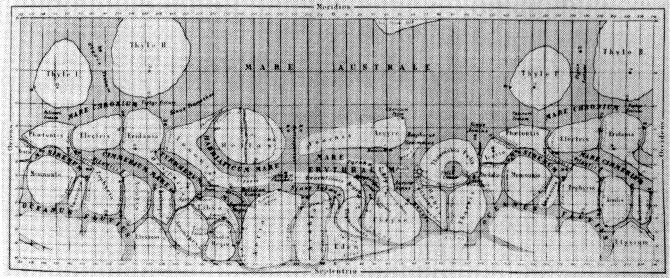 Figure 13: Schiaparelli's map of Mars (from Mars, The Lure of the Red Planet) http://www.etsu.edu/physics/etsuobs/starprty/032099bg/section1a.htm |
|
Since those early days our scientific knowledge along with our cultural
curiosity has grown. It is now known that Mars has some planetary
features similar to Earth's. Mars has a length of day and year,
axis tilt and polar ice caps similar to our planet. Although it
does have an atmosphere, it is only 10% of the Earth's and
primarily composed of carbon dioxide. Although the temperature at the
equator can be temperate during the Martian day, it significantly dips
at night owing to the thin atmosphere. For
a more complete listing of comparative facts about Mars and Earth click
here.
|
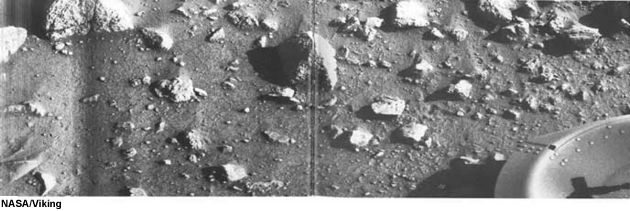 Photo 3: This is the first close-up view of the Martian surface recorded by Viking I, July, 1976 http://www.space.com/scienceastronomy/solarsystem/mars_best_021203-10.html |
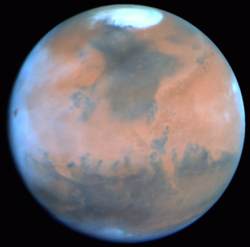 Photo 4: This view of Mars was taken by the Hubble telescope in 1995 when the planett was in opposition to the Earth. http://www.space.com/scienceastronomy/solarsystem/mars_best_021203-10.html |
|
Mysteries and conjecture about the planet exist to present
day. Geological formations can continue to lead to incorrect
assumptions about the presence of intelligent life on the planet.
One of the most recent contemporary mysteries was the "Face on
Mars". Under certain conditions, an outcropping on the surface
appeared to take on the qualities of a human-like face.
Upon close examination, this observation was deemed
false. (15) |
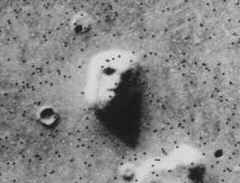 Photo 5: Original Viking 1 photo, 1976. |
 Photo 6: Viking 1 photo from 1976; Mars Global Surveyor (MGS) image from 1998, and the latest MGS image from April 2001. |
| http://www.space.com/scienceastronomy/solarsystem/mars_best_021203-10.html | |
|
Want to learn more about Mars? There are a multitude
of resources available on the web. Listed below are a few: http://marsprogram.jpl.nasa.gov/<> - Mars Exploration Homepage – The official website for NASA http://www.pbs.org/wgbh/nova/mars/
- Mars Dead or Alive – Nova's homepage for educational
activities |
|
It seems hard to believe that Sir Raman could have anticipated that his
discovery in the early years of the 20th century may possibly lead to
one of the most important scientific discoveries of the 21st
century. To learn more about the original work of Raman, click on
Raman - An Historical Perspective. |
| Project
Home |
Raman
Spectroscopy |
Searching
for signs of Life |
The
Raman Spectrophotometer |
Raman
- An Historical Perspective |
References/ |